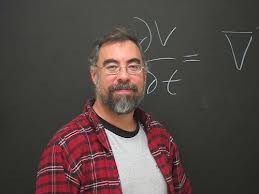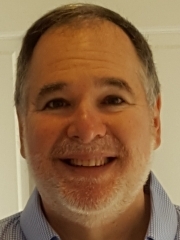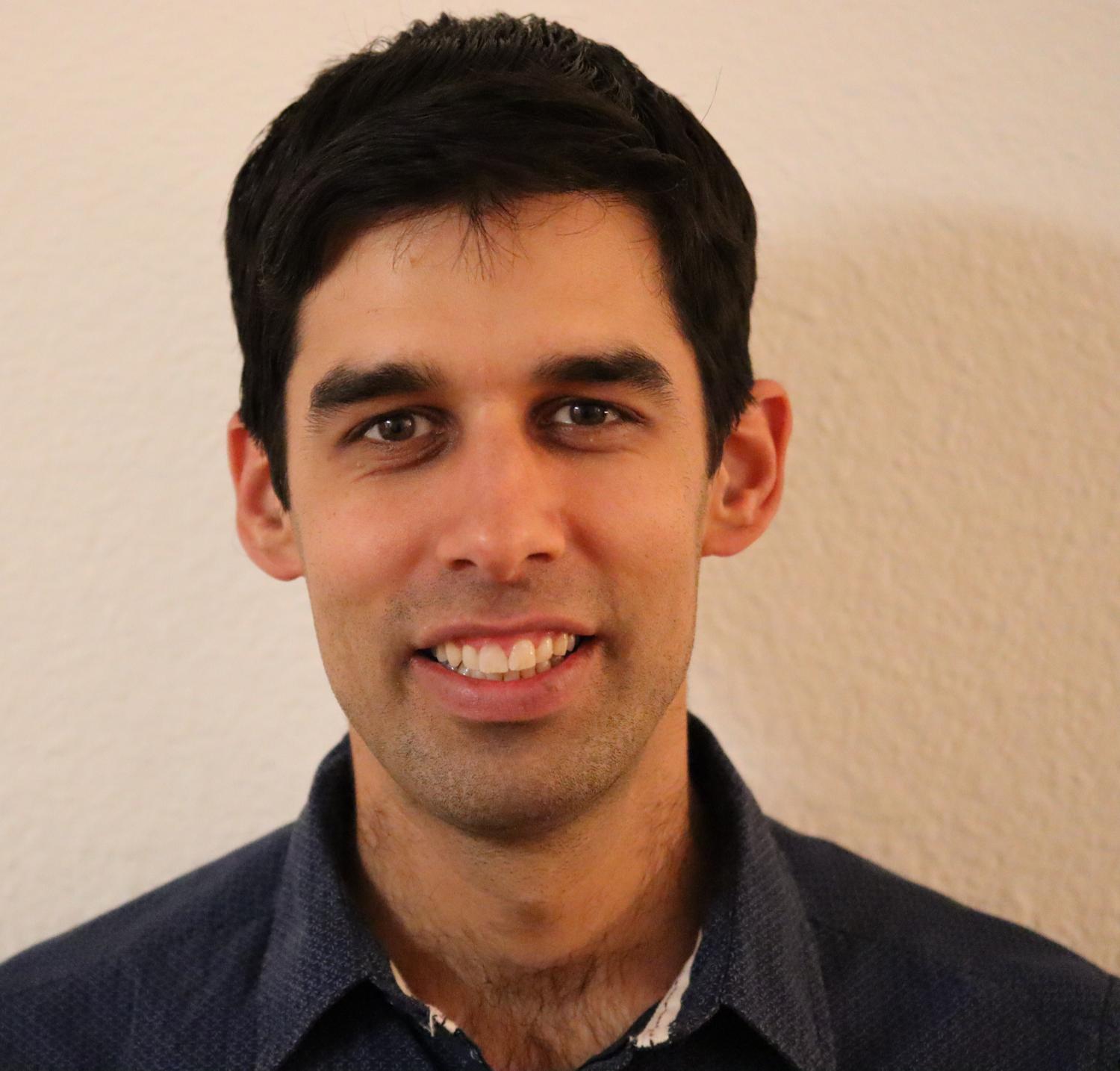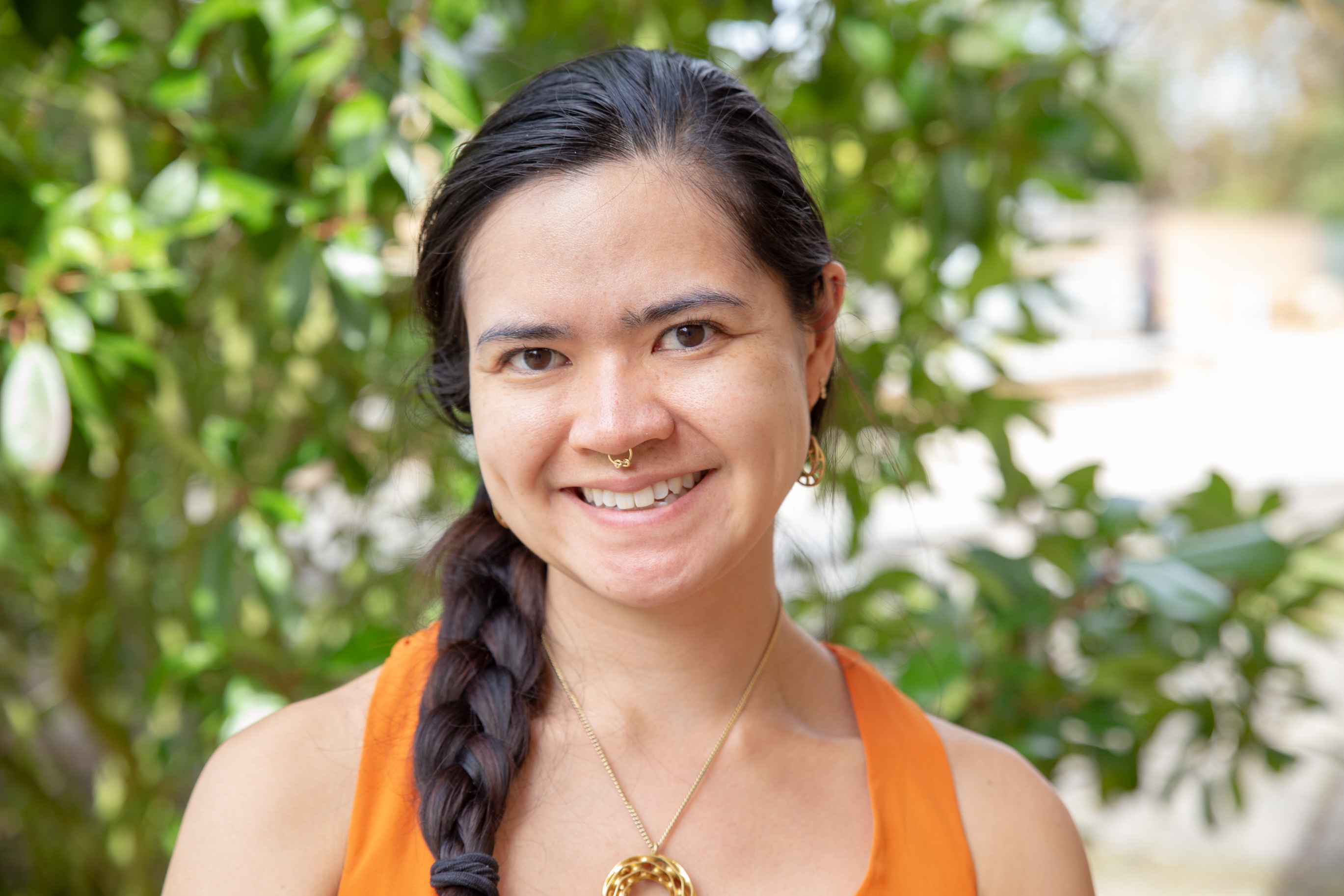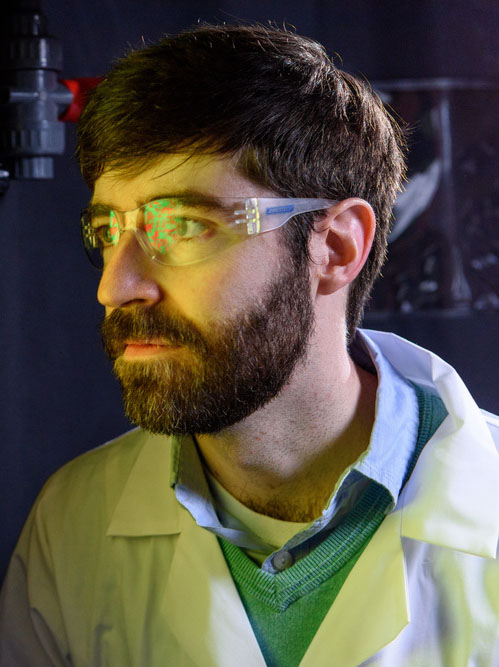Aishik Ghosh
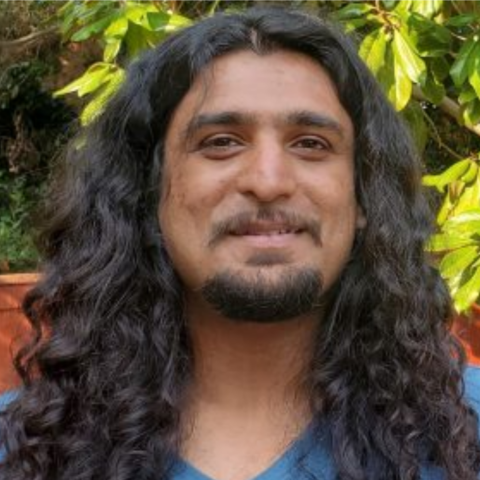
The Ghosh group engages in cross-disciplinary collaborations and welcomes students from diverse academic backgrounds. Most projects focus on addressing challenges in fundamental physics and astrophysics using computational and AI/ML tools, making the group a natural fit for students with strong skills or interests in these areas. We develop methods to automate theoretical physics calculations using reinforcement learning and LLM agents, enabling rapid testing of new theories. We also work on simulation, experimental design and high-dimensional statistical inference techniques powered by AI to accelerate scientific discovery. Data analysis problems at the scale of the Large Hadron Collider or multi-messenger astronomy often demand rapid decision-making, and we design efficient AI algorithms that can be deployed on fast hardware to meet these challenges.
- Astrophysics
- Experiment Design
- Generative Models
- High-Dimensional Statistics
- Neuro-Symbolic AI
- Particle Physics


